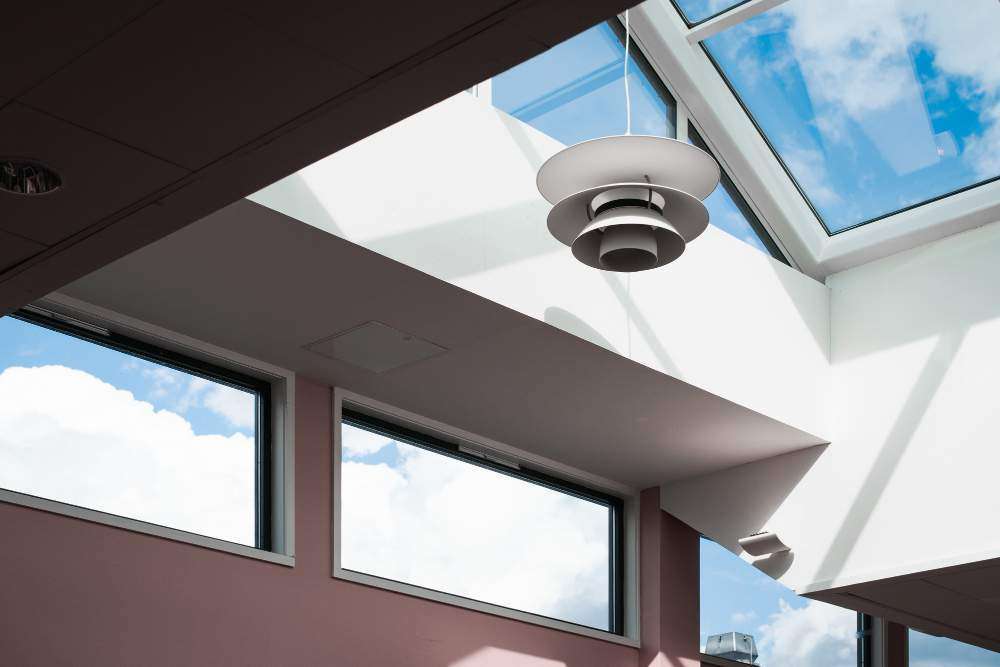
As time goes on, wall cladding becomes less resistant to nature and its elements. Sun and rain, especially, affect the appearance of any aluminum cladding UK citizens have, leading to its eventual wear and tear. But rather than switch to new cladding panels, you can rejuvenate your home by painting your aluminum cladding.
How to Paint Aluminum Cladding: Tips & Tricks
In the realm of construction, aluminum cladding UK stands out as a resilient and visually appealing option. And just like any other paint job, there are guidelines to follow to ensure proper results.
1. Clean Before You Paint
It’s important to rid the wall cladding of any dirt or residue before painting. Cleaning your panels also creates a safe base for the application of a new paint coat, ensuring improved durability. You can clean properly using a power washer. The pressure ensures all dirt is effectively removed.
2. Sand the Cladding Panels
Sanding the panels is useful for providing more texture for the paint to adhere to. It’s also a great way to effectively remove old paint chips before applying a new coat.
3. Pick the Right Primer
It’s best to choose an oil-based primer. That will give your cladding an extra layer of protection while absorbing any pigment on the surface. Acrylic primers can also be used to provide a strong base for the paint job and prevent corrosion.
4. Decide on the Painting Method
Before you start painting, you need to make up your mind on the technique that’s best suited to your aluminum cladding. Brushes offer a cost-saving method but take a lot of time. There’s the quicker option of spray painting, but you’ll need to break the bank.
At that point, rollers become the sweet spot for painting. They’re easy to use, don’t cost a lot, and with a lambswool roller, you can give your aluminum cladding a smooth finish.
5. Get The Right Paint
Your best bet here is to pick acrylic exterior grade paint for aluminum cladding. It’s an option that holds better and won’t fade easily. At the same time, you should avoid glossy paints and pick a satin or eggshell finish instead of a matte one.
6. Always Paint on the Right Day
Painting your aluminum cladding requires more than the right brushing technique; it’s also about doing it on the right day, in the right circumstances, and under the perfect weather.
A quick tip is to ensure priming and painting are done in temperatures above 10°C and avoid painting on rainy days. That’s because the presence of moisture ruins good paint.
7. Never Forget That Second Paint Coat
Adding a second coat offers a fool-proof finish to the paint job. At the same time, this step is useful for correcting errors from the first coat e.g. lines in the first coat. If there are impurities on the wall cladding after painting, ensure you get rid of them using sandpaper.
Be careful not to sand too hard or you’ll be needing more than an extra coat. Moreover, adding a second paint coat creates a professional look, enhances the paint’s durability, and adds value to your panels.
Conclusion
To prevent dull and faded aluminum cladding, ensure you adopt the proper techniques for painting. That way, your home maintains its aesthetics and value.